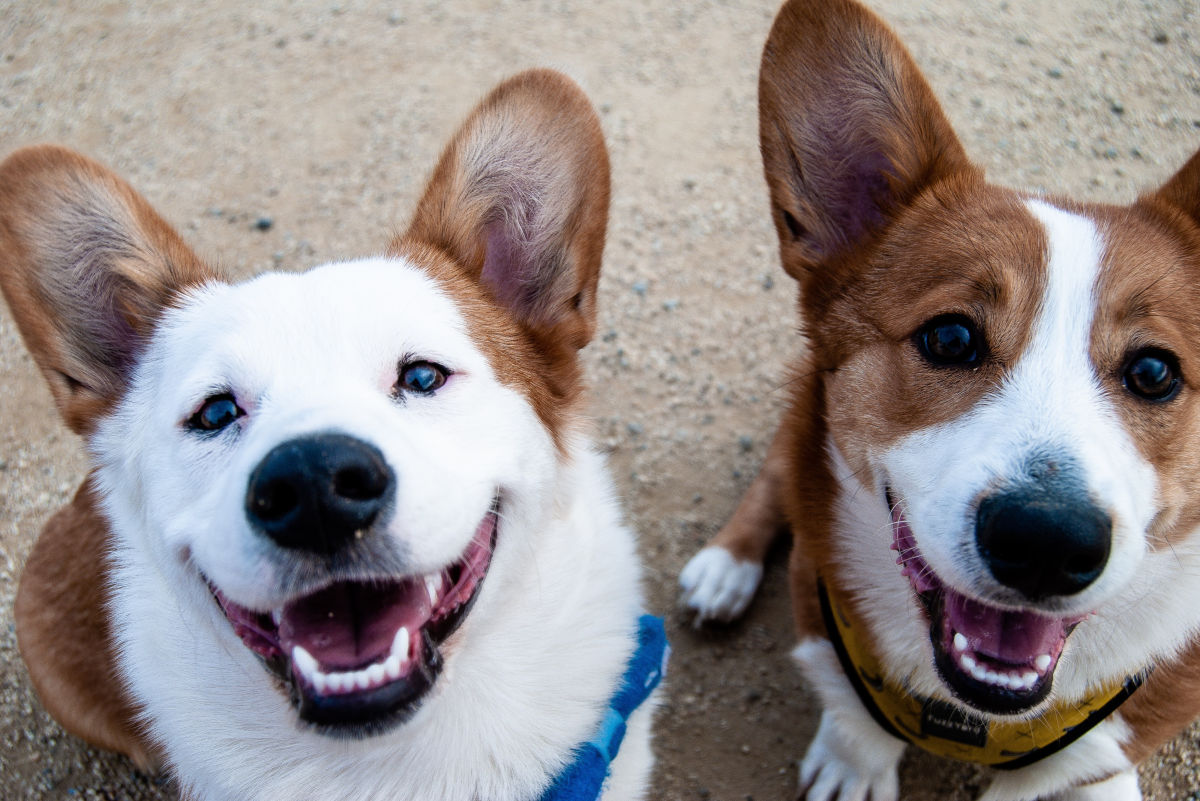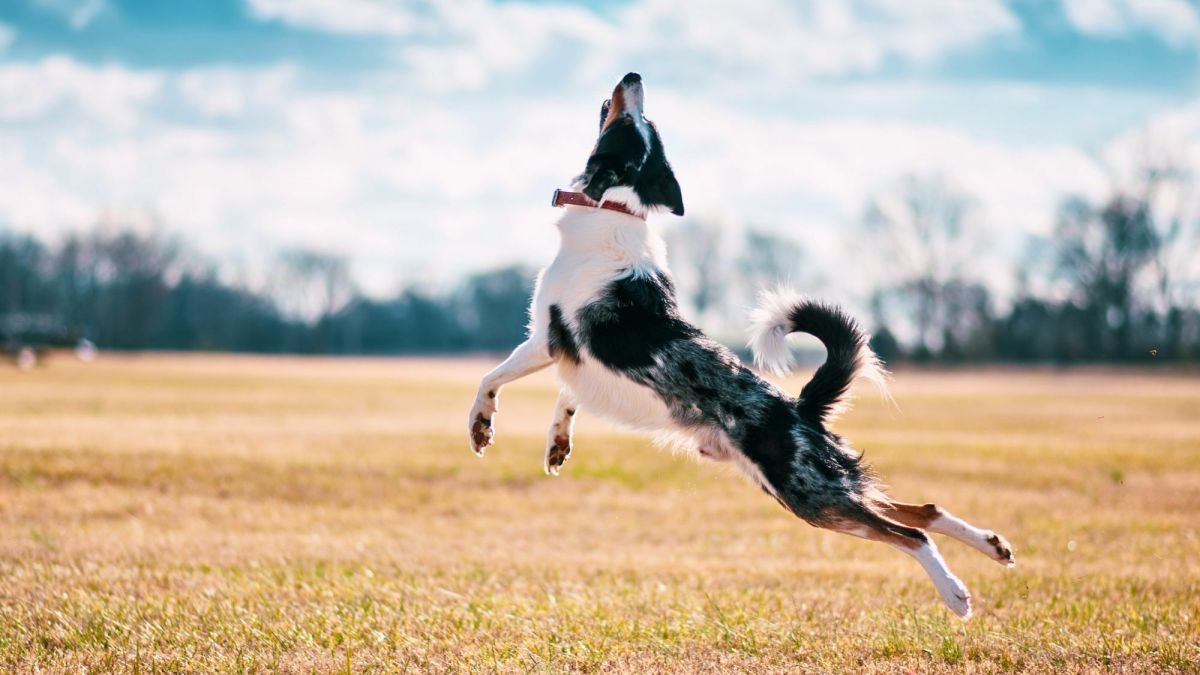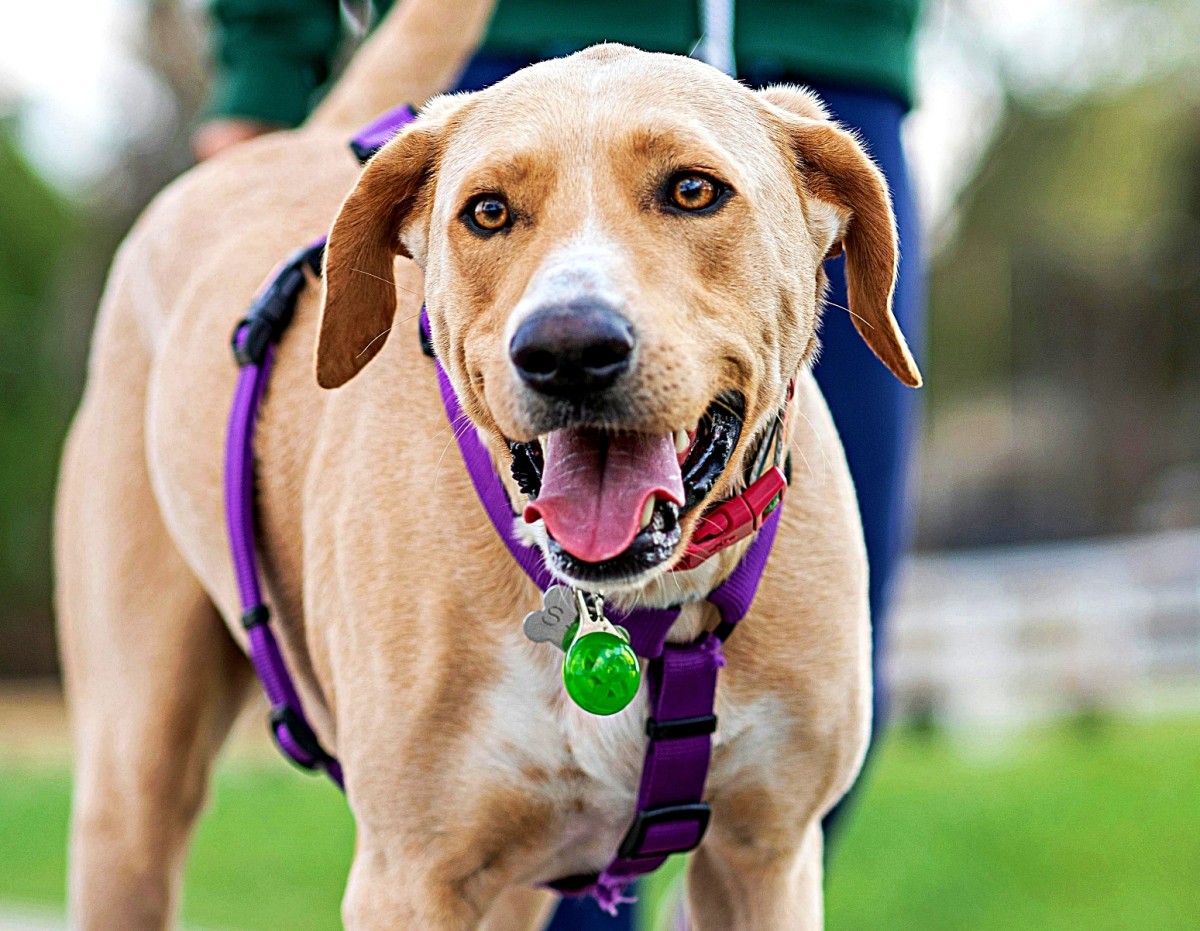How Dogs Hear:Interesting Facts

Deep into the woods, amongst the shady trees, suddenly your dog pricks ups its ears, tenses up his body as he prepares to react to something you are not able to see. Upon leaving the area, you notice in the distance that a bear with a couple of cubs were walking in the area, and you finally realize that you dog must have picked up the noise (and most likely scent) of the bear's body brushing against the tall grasses.
Indeed, dogs are equipped with great hearing devices, much more effective than ours when it comes to hearing noises in the distance. For this reason, dogs have been used for many years to guard property and alert owner of dangers before they were even visible to the human eye. The quality of having a great sense of hearing therefore has been greatly appreciated in dogs back into history.
The qualities of hearing in dogs are amplified by the effective shape and by the fact that the dog's ears are equipped with 18 muscles that allow the ears to quickly flick towards the direction of the noise source. These qualities are important survival tools since dogs are hunters in nature and it is thanks to their survival skills along with their efficient use of nose and ears that we can enjoy this species today.
Dogs are able to hear much higher frequencies than humans. According to Animal Health Care, It is estimated that dogs may hear up to 45,000 Hertz , a sense of sound much more superior to humans which can merely reach up to 23,000 Hertz.
It is thanks to the eardrum that dogs can hear that well. Sound basically travels from the source in the form of waves that vibrate when they hit the thin membranes which compose the ear drum.While these hearing qualities are impressive in dogs, dogs come disadvantage when it comes to hearing loud noises. Indeed dogs may feel pain when a loud siren passes by or when a gun shot is fired. Indeed, there are cases of hunting dogs that have lost permanently their hearing after accompanying their master for a hunting spree.
Many owners find it funny when their dog suddenly tilts its head when he or she hears a new interesting noise. This head tilt is the dog's way of trying to absorb the new noise as much as possible in order to detect it better It's almost as if the dog' saying ''What was that?''
Dogs also come with different shaped ears. Some dog breeds such as many guard dogs have erect ears whereas other breeds such as Bloodhounds have floppy ears which are believed to be this way so they will concentrate on sniffing rather than getting distracted to any background noises.
As humans, dogs may lose some of their sense of hearing as they age. When this happens it is highly recommended to turn the dog into an indoor only dog, as the dog may no longer be able to detect signs of dangers such as a car approaching from a distance. Whilemany people are aware of ''seeing dogs'' that assist the blind, not many are aware of ''hearing dogs'' which are specifically trained to assist the hearing impaired.
As seen dogs are equipped with amazing hearing devices. Therefore, next time, before scolding your dog for being restless and barking at nothing, think again, he may be hearing something it the distance that we humans are completely unable to perceive.
Dogs love music too!










